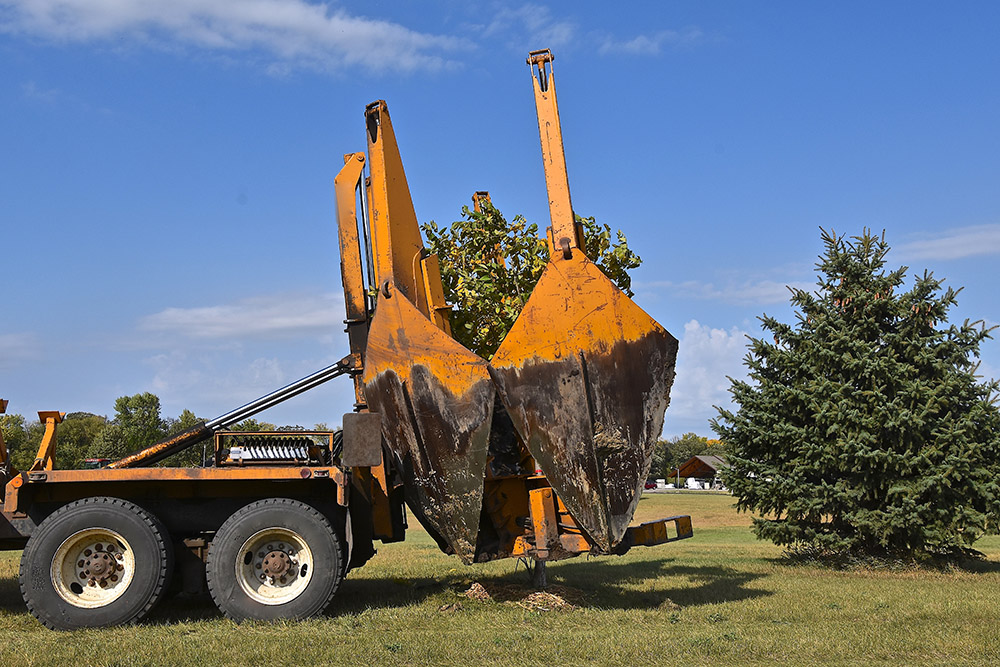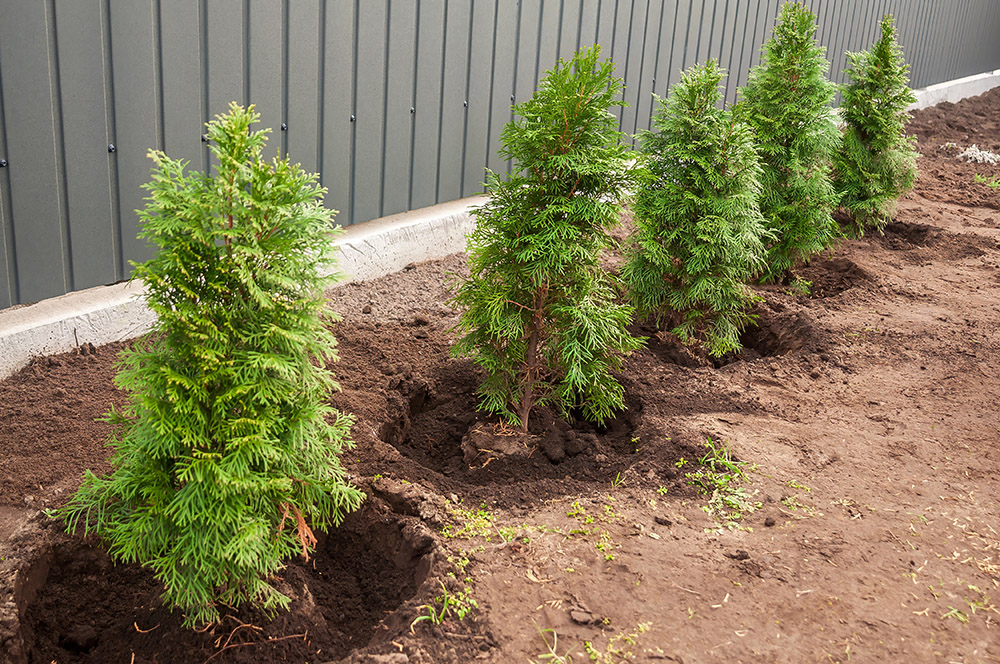Whether you’re planting a backyard tree, designing a landscape, or reforesting an area, one key question always comes up: How much space should you leave between trees? It might seem like a minor detail, but tree spacing plays a major role in the long-term health, growth, and aesthetics of your trees and the overall environment. Planting trees too close together can lead to competition for resources, poor air circulation, disease, and stunted growth. Planting them too far apart may waste space and affect the visual appeal or functionality of your project.
So, how much space do you need between trees? The answer depends on several factors, including the species of tree, the purpose of the planting, and the future size of the trees. Let’s break it down.
Why Tree Spacing Matters
Before we get into numbers, it’s helpful to understand why spacing is important:
- Root Competition: Trees compete for water and nutrients. Planting too close can sometimes result in weaker root systems.
- Canopy Growth: Trees need room to grow their branches and leaves fully. Without enough space, their natural shape is compromised.
- Air Circulation: Proper spacing improves airflow, reducing the risk of fungal infections and pest infestations.
- Sunlight Access: Trees too close together will block light from one another.
- Maintenance Access: Spacing makes it easier to mow, prune, or harvest (especially for fruit trees).

General Guidelines for Tree Spacing
Tree spacing depends on the mature size of the tree. Here are some general spacing guidelines based on common tree categories:
Small Trees (Up to 30 feet tall)
Examples: Dogwood, Redbud, Japanese Maple
Recommended spacing: 10–15 feet apart. Small trees are ideal for tight spaces or ornamental plantings. Even though they don’t need as much room as larger trees, spacing is still crucial to ensure proper airflow and to allow the tree’s crown to develop naturally.
Medium Trees (30–40 feet tall)
Examples: Katsura, Red Maple, River Birch
Recommended spacing: 20–30 feet apart. Medium-sized trees are commonly used in residential landscaping and urban planning. They require more space to accommodate a wider canopy and stronger root system.
Large Trees (Over 50 feet tall)
Examples: Oak, London Plane, Sweetgum
Recommended spacing: 30–50 feet apart. Large shade trees need plenty of room to thrive. Their expansive root systems and large canopies can quickly encroach on nearby structures, utilities, or other trees if not spaced properly.
Trees for Privacy Screens or Windbreaks
If your goal is to plant a hedge, privacy screen, or windbreak, spacing can be tighter than usual.
Evergreens for Privacy
Examples: Arborvitae, Leyland Cypress, Green Giant, Excelsa
- Spacing: 3–15 feet apart depending on species and desired density
These trees are typically planted close enough for their foliage to eventually overlap and form a continuous screen. However, you’ll still want to leave enough space so the trees don’t choke each other out as they grow.
Other Considerations
Besides height and spread, also think about:
- Soil conditions: Poor or compacted soil might require wider spacing to reduce competition.
- Growth rate: Fast-growing trees often require more space to avoid crowding as they mature.
- Maintenance: Will you need access for mowing, pruning, or equipment?
- Aesthetic goals: Are you going for a natural look, a symmetrical row, or a layered design?
- Light Conditions: Choose species that will live in the existing sun/shade conditions
Final Thoughts
When it comes to tree spacing, there’s no one-size-fits-all answer. The ideal distance depends on the type of tree, the purpose of planting, and your long-term vision. Planning ahead and allowing enough room ensures your trees grow healthy, look great, and thrive for decades.
So, before you start digging, take a step back and envision the mature trees you’re planting—not just how they look now. With a little foresight and the right spacing, you’ll be creating a legacy of beauty, shade, and sustainability. Nancy Penrose is the owner of Big Trees Inc., the premier tree nursery in the Seattle area, located in Snohomish.






